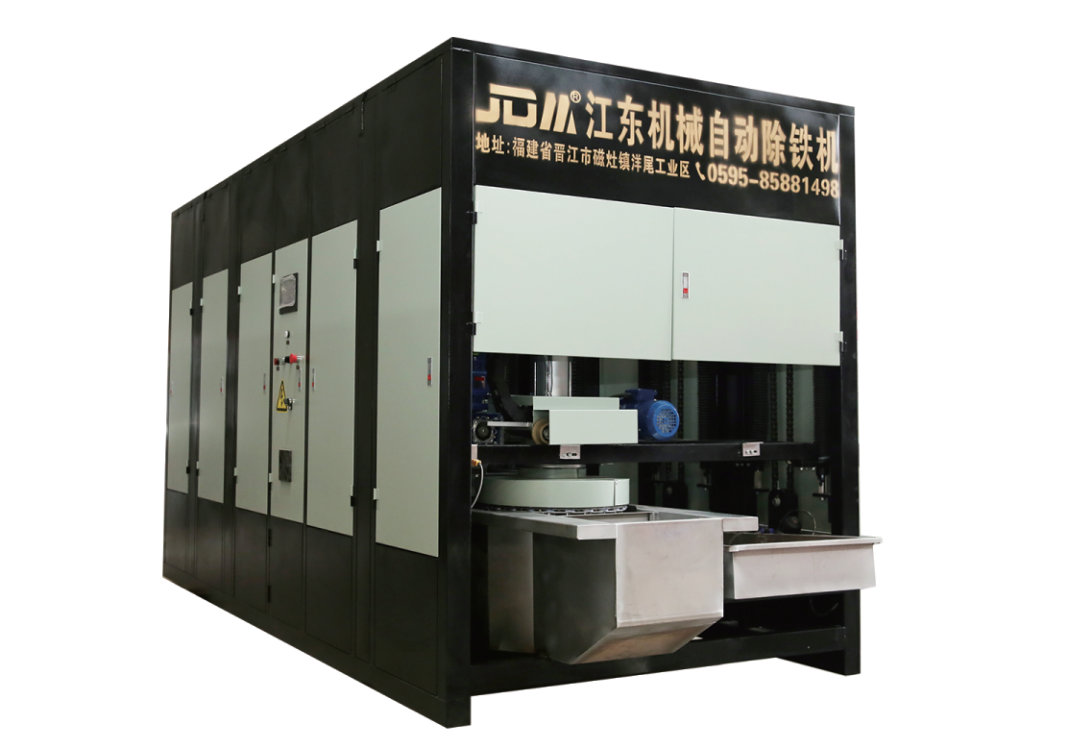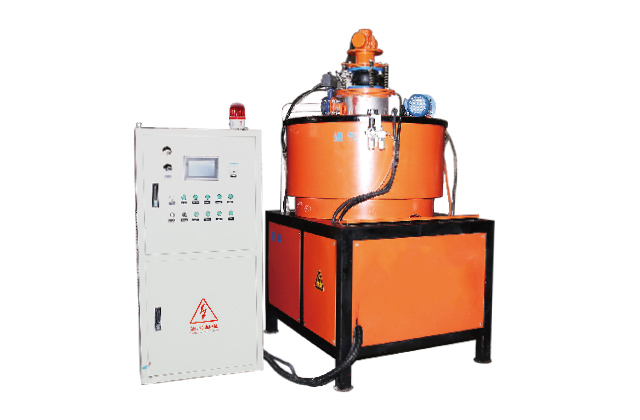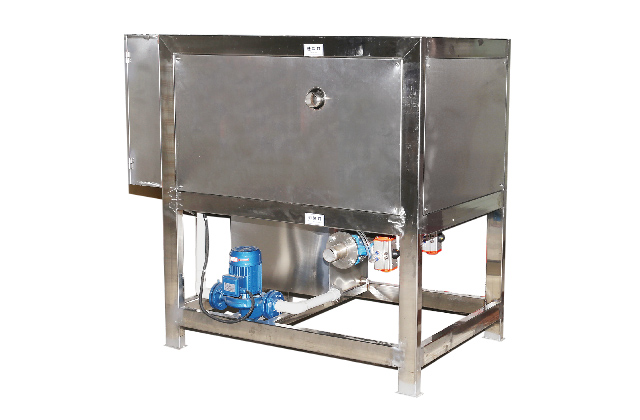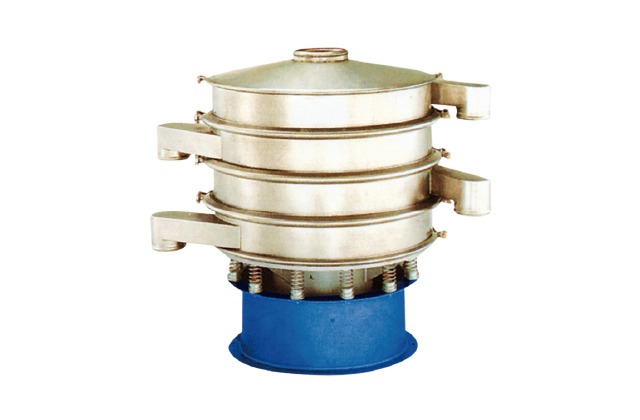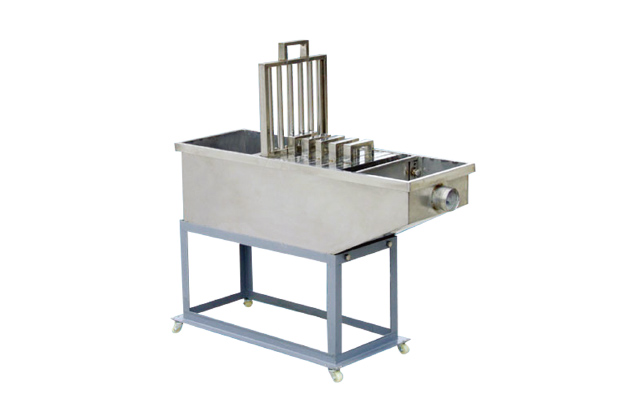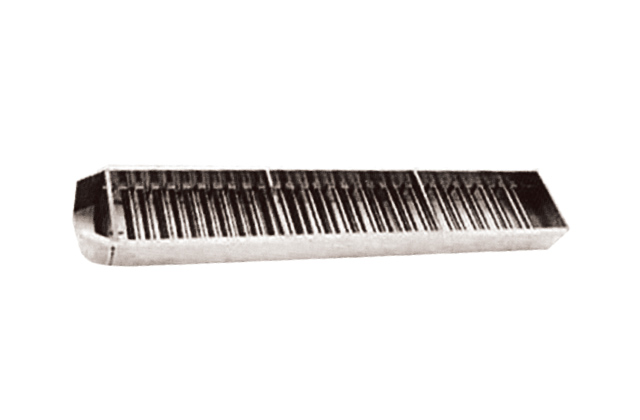September 8, 2025
What Is the Best Way to Separate Iron and Sulfur?
Understanding the Challenge of Separating Iron and Sulfur
Separating iron and sulfur is a fundamental process in various industrial and laboratory settings. Both elements are widely used in different fields, from metallurgy to pharmaceuticals, but their separation requires careful consideration of their chemical and physical properties. This article explores the best methods to achieve an effective separation, ensuring purity and efficiency.
Why Separate Iron and Sulfur?
Iron and sulfur are often found together in ores or mixtures, but their applications demand pure forms. Iron is a key component in steel production, while sulfur is used in fertilizers, gunpowder, and medicine. Mixing these elements can lead to impurities, reducing their effectiveness in specific applications. Therefore, understanding the best way to separate them is crucial for maintaining product quality and meeting industry standards.
Physical Methods for Separation
Physical methods are often the first step in separating iron and sulfur. These techniques rely on the distinct physical properties of the two elements, such as density, magnetism, and solubility.
1. Magnetic Separation: Iron is magnetic, while sulfur is not. This difference allows for easy separation using magnetic separators. By passing the mixture over a magnetic surface, iron particles are attracted and separated from sulfur. This method is efficient and cost-effective, especially for large-scale operations.
2. Sieving: Iron and sulfur have different particle sizes when ground into powders. Using sieves with appropriate mesh sizes can help separate the finer iron particles from the coarser sulfur particles. This method is simple but less effective for very fine mixtures.
Chemical Methods for Separation
When physical methods are insufficient, chemical methods can provide a more precise separation. These techniques involve chemical reactions that target one element while leaving the other intact.
1. Dissolution and Filtration: Sulfur is soluble in carbon disulfide, while iron is not. By dissolving the mixture in carbon disulfide, sulfur can be separated from iron through filtration. The iron remains as a solid residue, while the sulfur is dissolved and can be recovered through evaporation.
2. Acid Leaching: Iron can be dissolved in dilute acids like hydrochloric acid, while sulfur remains insoluble. This method is particularly useful for iron ores. However, care must be taken to avoid over-leaching, which can lead to contamination.
Combining Methods for Optimal Results
For maximum efficiency, combining physical and chemical methods is often necessary. For example, magnetic separation can be used to remove most of the iron, followed by dissolution and filtration to remove any remaining sulfur. This hybrid approach ensures a higher purity of both elements.
Safety Considerations
When working with chemicals, safety is paramount. Always wear protective gear, including gloves and goggles, and ensure proper ventilation. Handling acids and solvents requires extra caution to avoid accidents.
Conclusion
Separating iron and sulfur is a straightforward process when the right methods are applied. Whether using magnetic separation, sieving, or chemical dissolution, the key is to leverage the unique properties of each element. By understanding these techniques and combining them when necessary, you can achieve a clean and efficient separation, ensuring the quality of your final products.

